Ever wonder why your perfectly trained pup suddenly starts acting like a rebellious teenager? You’re not alone. Many dog owners unknowingly create the very problems they’re desperately trying to solve. What feels natural to us humans often sends completely different signals to our four-legged companions, turning our good intentions into behavioral nightmares.
Repeating Commands Like a Broken Record

One of the biggest problems is cue nagging. Cue nagging is when your dog doesn’t respond to a cue, so you keep repeating it. Picture this: you tell Buddy to “sit” and he gives you that blank stare. So you try again, “Sit… sit… SIT!” Before you know it, you’re chanting like you’re casting a spell.
Here’s the thing your dog is actually learning: they don’t have to respond to the first command. When you repeat a command too many times, you’re actually desensitizing your puppy to the meaning of the word. Instead of it being a direct and clear command for your puppy to follow, your puppy will start to tune it out and ignore you.
Using Their Name as a Weapon

This might be the most common dog training mistake! When Fluffy is chewing your favorite shoe, it’s tempting to shout, “FLUFFY, NO!” But you’ve just turned their beautiful name into something scary. Your dog should associate their name with only positivity.
Think about it – would you want your name called every time you were in trouble? Your dog’s name should make their ears perk up with excitement, not cause them to slink away in shame. Save the stern corrections for simple words like “no” and keep their name for happy moments.
Treating Every Bad Day Like Boot Camp
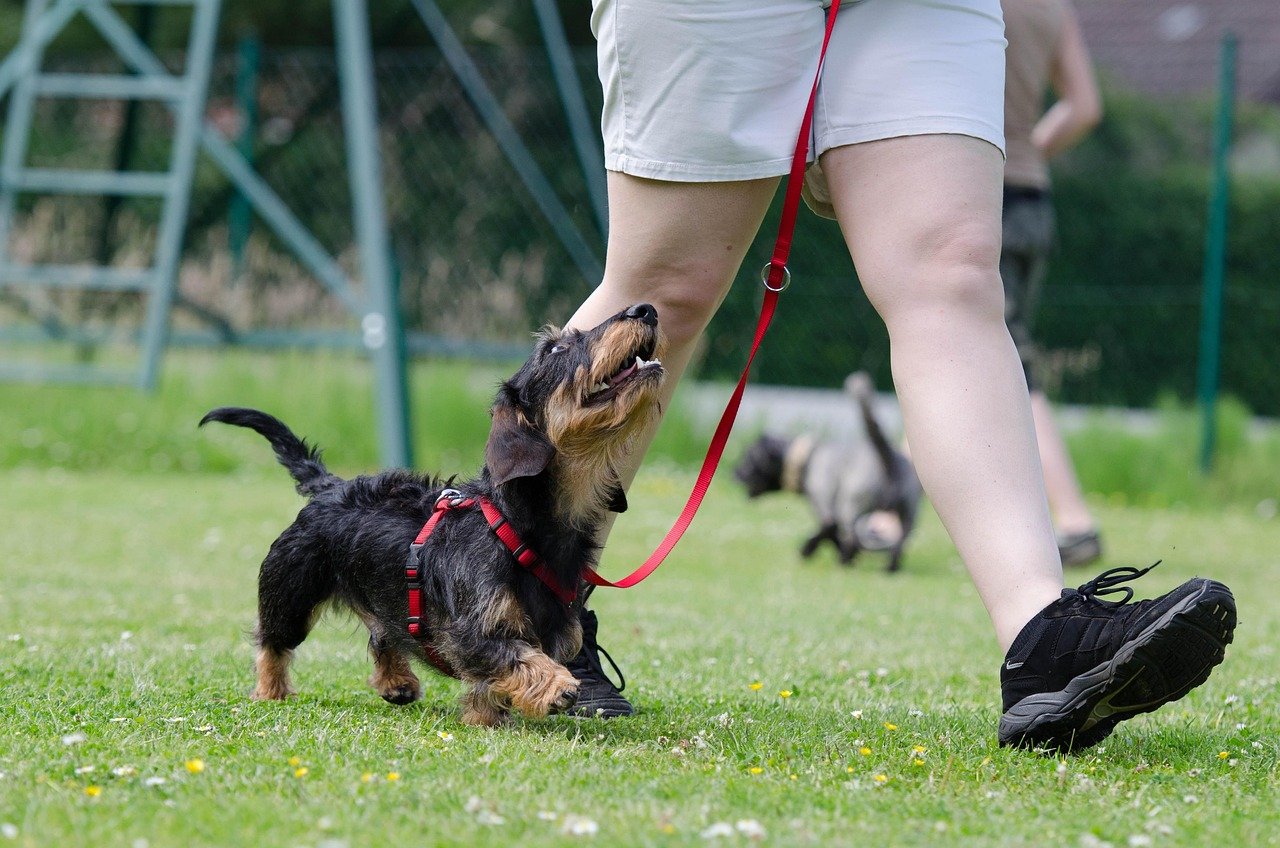
Like I’ve mentioned before, if you or your pup feel exhausted with frustration, you won’t be able to put in 100% effort. Training requires strong mental prep for both you and your pup, so be sure to practice patience and know that this relationship will last a lifetime. Some days, nothing goes right, and that’s when we tend to drill our dogs harder.
But here’s what happens: frustrated energy is contagious. When you’re stressed and impatient, your dog picks up on those vibes and shuts down or acts out even more. It’s also important your dog feels safe to learn through trial and error. If you correct your dog’s mistakes with words like “No!” or “Ehh!” or any other aversive, they’ll fear getting it wrong. Sometimes the best training session is no training session at all.
Rewarding the Wrong End of the Behavior Chain
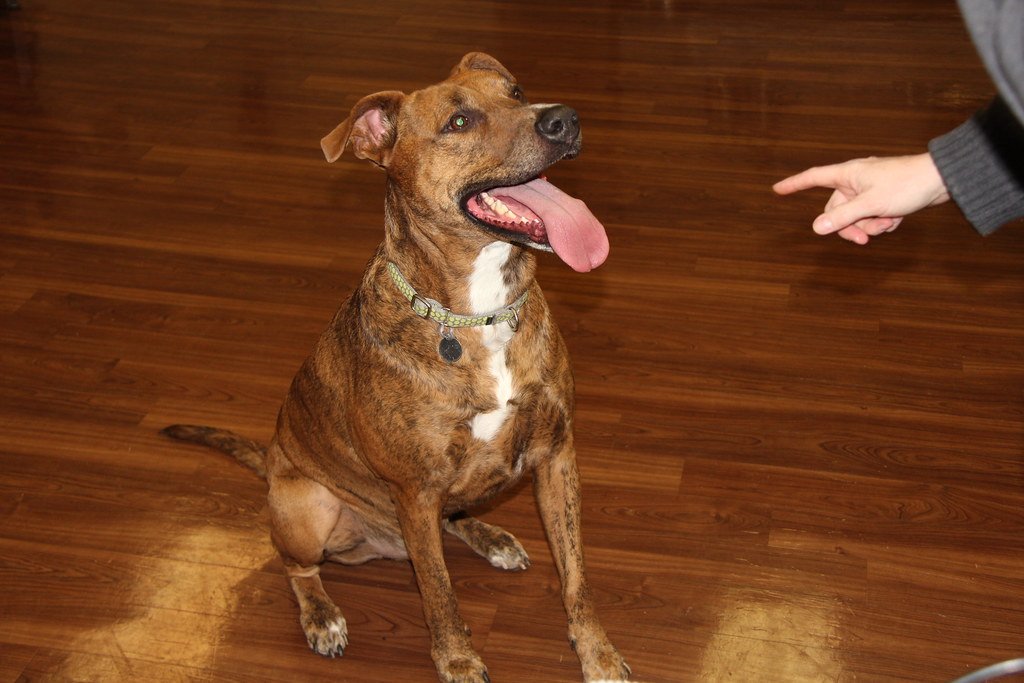
Here’s a sneaky one that catches even experienced dog owners. Your dog jumps on you when you come home. You tell them “off,” then ask them to sit, and when they do, you give them a treat. Sounds logical, right? Wrong. But each element of that behavior chain is part of a closely paired sequence. And how does the sequence begin? It begins with an undesired behavior. By following the pattern above, you are actually reinforcing the dog’s jumping behavior.
Your dog isn’t just learning to sit for treats – they’re learning that jumping starts the whole wonderful sequence. It’s like rewarding them for being rude before they can be polite. The fix? Ignore the jumping completely and only interact when they’re calm with four paws on the ground.
Giving in to the Adorable Puppy Eyes
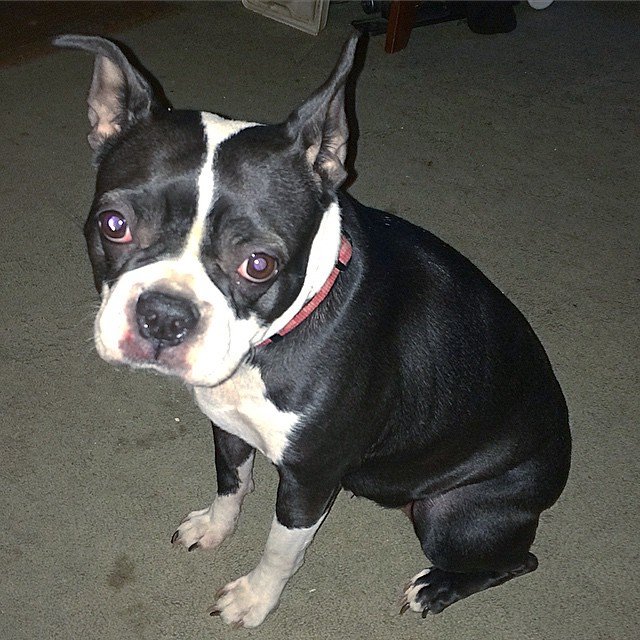
Begging is rewarding for dogs because they get paid with a potent double-reinforcer when they do it – food and your attention. Whether you’re prepping a meal at the counter or sitting at the kitchen table enjoying dinner, if you give your dog an occasional goody, he’s quickly going to associate both of those scenarios with shared food. That innocent slice of chicken you slip under the table might seem harmless, but you’ve just created a monster.
Dogs are excellent at reading patterns, and they’ll remember that whining plus sad eyes equals delicious human food. Dogs quickly learn that your food can also be theirs with the right combination of puppy dog eyes and demand barking, and in no time, this dog problem can turn mealtime into a test of wills. Consistency is key – either everyone eats separately, or nobody gets table scraps, ever.
Turning Your Dog Into a Master Manipulator

You put Lola out into the backyard. After a few minutes, she gets bored and starts barking at imaginary villains beyond the fence. You stick your head out the door, yelling at her to shut up. Well, well, well! Lola just discovered a surefire way to get you to come outside and relieve her loneliness. Any attention, even negative attention, can be rewarding to a bored dog.
Your dog doesn’t understand that you’re angry when you yell – they just know their barking made you appear like magic. In that case, the dog’s barking is reinforced by the owner’s yelling. Your dog doesn’t understand what you’re saying, they just know that when they “yell,” you “yell,” and now everyone yells, which is a very fun reinforcing game for your dog. You’ve accidentally trained them to bark for service.
Creating a Treat Addiction

Too many people are stingy with rewards or won’t use anything but praise. But would you go to work if you stopped getting a paycheck? While treats are fantastic motivators, some owners go overboard and create dogs who won’t budge without seeing food first. They hold a visible treat in their hand while asking the dog to complete an action. When the dog sees what is in store for them, they are likely to offer whatever behavior they think might win them the treat.
However, when the treat isn’t present, the behavior falls apart. Instead of holding the treat in front of your dog before they complete a cue, it should appear after in a sequence of action-and-consequence. The goal is to have a dog who listens because they respect you and enjoy working with you, not because they’re checking your pockets for snacks.
Training Only During “Official” Sessions
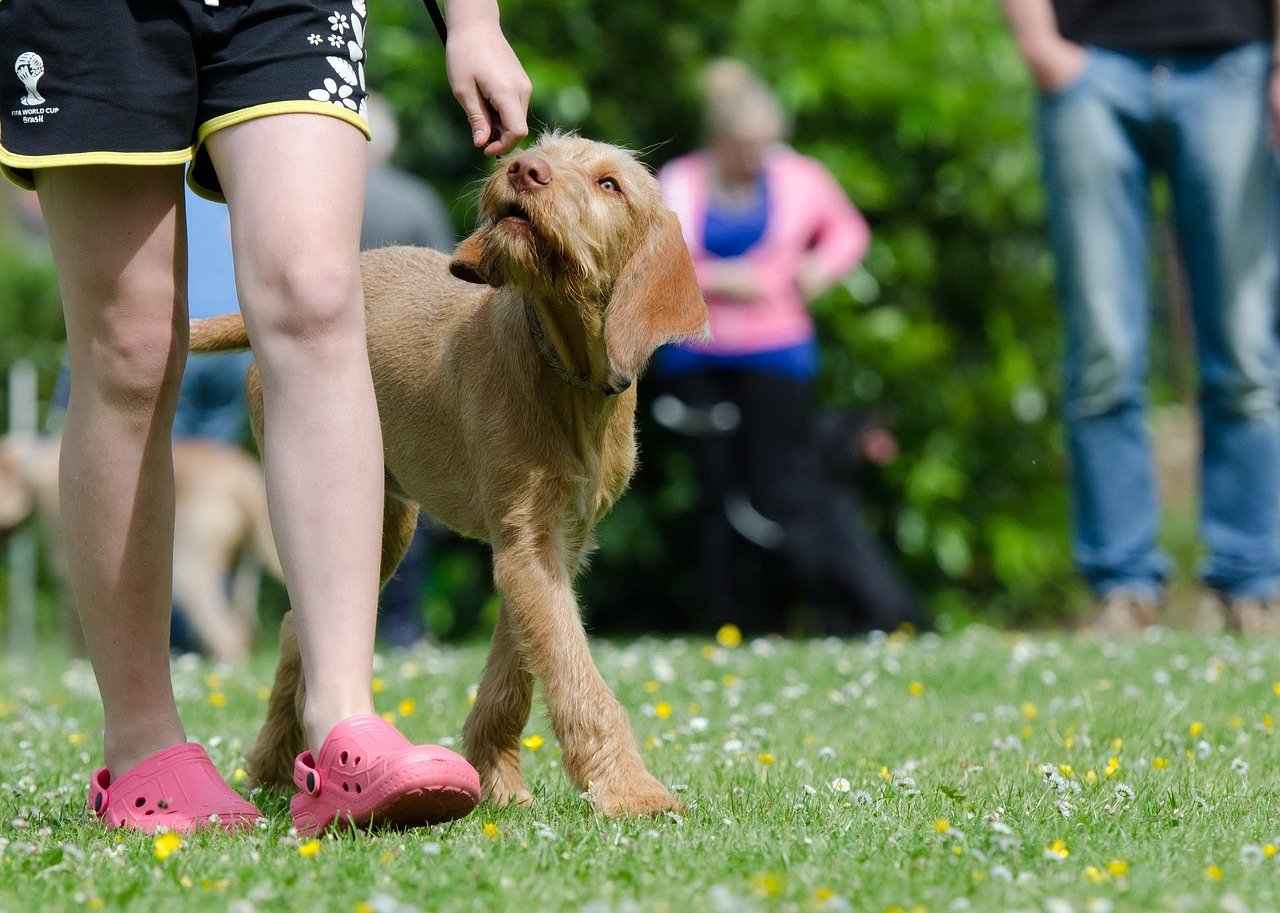
The Mistake: Most obedience classes out there only gather to formally ‘train’ once a week, and that’s often the only time people train their dog, unfortunately. Some people think a lengthy session once a week will do the trick. This is like trying to learn a language by studying for three hours every Sunday and ignoring it the rest of the week.
How to Fix It: Dogs should be trained every single day. Like any habit or behavior, repetition is one of the keys to success. Real training happens in those tiny moments throughout the day – asking for a sit before meals, practicing “stay” at the door, working on loose leash walking during every potty break. Remember that ten one-minute sessions in a day trump one ten-minute session every time.
Teaching Commands in a Bubble

If you teach Fluffy to “sit” in the quiet of your family room, that’s the only place she will reliably sit. It’s a mistake that many owners make; failing to generalize the new behaviour in different areas with varying conditions and levels of distraction will ensure spotty obedience at best. Your living room might be a perfect training environment, but the real world is full of squirrels, other dogs, and fascinating smells.
Dogs don’t naturally understand that “sit” at home means the same thing as “sit” at the park. To generalize a behaviour, first teach it at home with no distractions. Then gradually add challenges – different rooms, the backyard, the sidewalk, and finally that ultimate test: the dog park where everything is exciting and wonderful.
Poisoning Your Best Commands
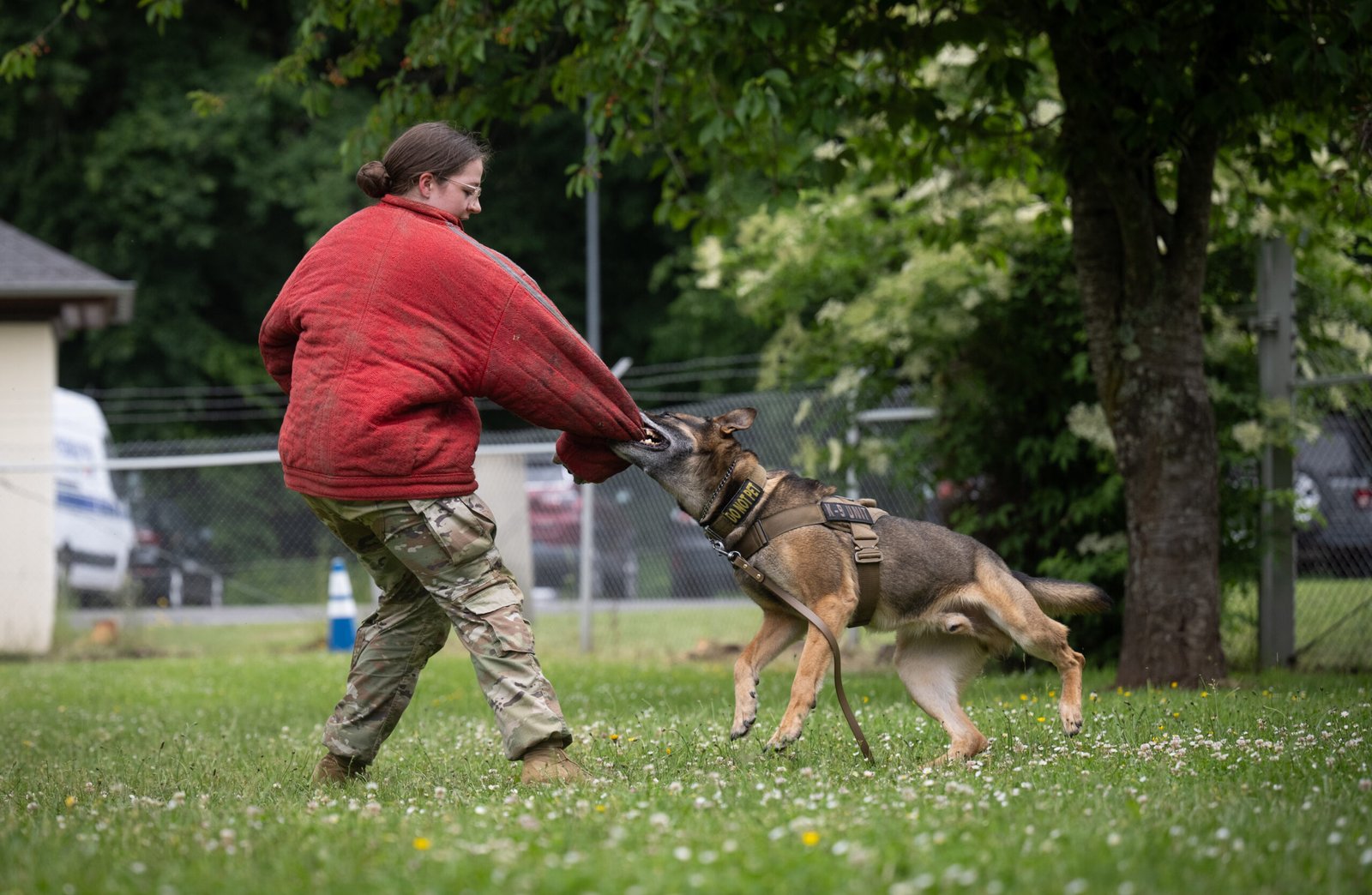
Poisoning of cues is another trap that many first-time trainers fall into. This is when you accidentally associate a cue or behavior with something your dog views negatively, so he stops responding. For example, you’ve finally taught your dog “come,” but now, you use it to summon them for a bath – something he hates. The “come” command should be the most reliable tool in your toolkit, but many owners accidentally ruin it.
Think about it from your dog’s perspective: they’ve learned that “come” means the fun stops and something unpleasant begins. The next day, you ask your dog to come, and he hesitates. Maybe he doesn’t return at all. Protect your recall command by never using it to end good things or start bad things. Instead, go get your dog when it’s bath time.
Accidentally Rewarding Chaos

You bring out the leash. Sparky loses his mind. Barking, jumping, whining, tearing at the leash and/or you. This crazy behavior is rewarded when you manage to clip the leash to his collar and head out the door. His reaction gets more intense every time, because it’s always reinforced with a walk. We’ve all been there – your dog turns into a furry tornado the moment they see the leash.
But here’s what’s really happening: you’re teaching your dog that acting completely bonkers is the fastest way to get what they want. The solution isn’t to give up walks – it’s to wait out the storm. Put the leash away the moment they start going crazy, and only clip it on when they’re calm. It might take longer at first, but you’ll save years of dealing with a maniac every time you want to go outside.
Being the Inconsistent Parent

* No being consistent – sometimes a command means a command, sometimes it doesn’t. Sometimes the dog has to sit and wait at the door; sometimes, it doesn’t. Sometimes it’s ok to jump on people or some people, and sometimes it isn’t. Dogs thrive on predictability, but human life is messy and inconsistent.
Maybe you’re strict about “no dogs on the couch” all week, but Sunday movie night finds you cuddling with your pup on the sofa. Don’t want your dog to jump on your living room furniture? Don’t let them on the couch – under any circumstances (not even “just this once, okay!”). Your dog isn’t trying to be defiant when they break rules – they’re just confused about what the actual rules are. Consistency isn’t about being mean; it’s about being clear.
Conclusion

Training a dog isn’t just about teaching them tricks – it’s about becoming a better communicator yourself. Some pet owners support bad behavior without realizing it. Many of us are not even aware of some our dogs’ less-than-great habits. Be mindful of what behaviors you might be inadvertently reinforcing while you focus on training your dog. The good news is that once you understand how your actions affect your dog’s behavior, fixing these problems becomes much simpler.
Remember, your dog isn’t trying to drive you crazy – they’re just responding to the signals you’re unknowingly sending. Every interaction is a training opportunity, whether you realize it or not. The question isn’t whether you’re training your dog, but what exactly you’re training them to do. So next time Rover acts up, take a step back and ask yourself: what did I just accidentally teach them?

Andrew Alpin from India is the Brand Manager of Doggo digest. Andrew is an experienced content specialist and social media manager with a passion for writing. His forte includes health and wellness, Travel, Animals, and Nature. A nature nomad, Andrew is obsessed with mountains and loves high-altitude trekking. He has been on several Himalayan treks in India including the Everest Base Camp in Nepal.





